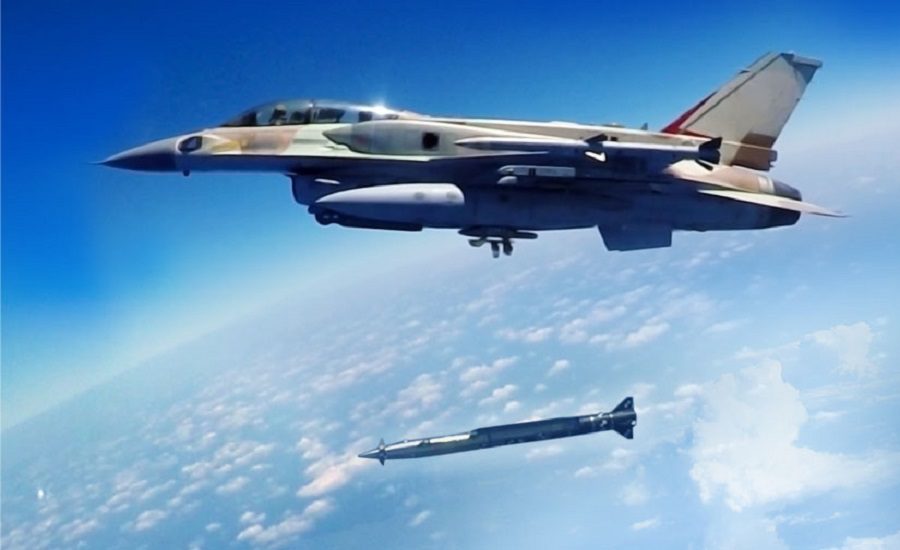New Delhi— In a strategic move to boost its long-range precision strike capability, the Indian Air Force (IAF) is set to place substantial orders for Rampage air-to-ground missiles from Israel, following their successful deployment during Operation Sindoor. Defence sources confirmed that the missiles were used with high precision to neutralize terrorist headquarters and military targets deep inside Pakistan, including in Muridke and Bahawalpur.
Rampage Missile Deployment and Integration
The Rampage, known in India as the High-Speed Low Drag-Mark 2, has already been integrated with key fighter platforms like the Su-30 MKI, Jaguar, and MiG-29. Officials said the missile played a pivotal role in enhancing the Su-30 MKI’s air-to-ground strike capabilities, especially when used alongside other long-range missiles like the BrahMos, which has a range exceeding 400 km.
First inducted in 2020–21, the Rampage gained prominence during Operation Sindoor earlier this year, where it demonstrated accuracy and lethality against fortified enemy positions. In light of its performance, the IAF is also considering domestic production of the missile under the Make in India initiative, to enable large-scale induction and reduce reliance on imports.
UAV-Launched Missile System Trials Successful
In a parallel development showcasing India’s indigenous defence progress, the Defence Research and Development Organisation (DRDO) successfully completed flight trials of the UAV-Launched Precision Guided Missile (ULPGM) V3 in Kurnool, Andhra Pradesh.
Also referred to as ULM-ER (Unmanned Launched Munition – Extended Range), the missile weighs 12.5 kg and uses a compact dual-thrust propulsion system to deliver a strike range of 4 km during daytime and 2.5 km at night. Equipped with a passive imaging infrared seeker, the ULPGM is capable of fire-and-forget targeting and can hit both moving and stationary targets with high accuracy, making it ideal for drone-based warfare.
Defence Minister Rajnath Singh confirmed the successful trials, calling it a “major boost to India’s defence capabilities.” He praised the collaboration between DRDO, defence PSUs, Adani Defence, Bharat Dynamics Limited (BDL), MSMEs, and startups.
Indian Army Enhancing Combat Preparedness
The missile tests align with a broader effort by the Indian Army to enhance indigenous defence readiness. From May to July 2025, the Army conducted large-scale drills at Pokhran, Babina, and Joshimath, simulating near-combat scenarios involving loitering munitions, counter-UAS systems, runway-independent drones, and infrared-guided missile systems.
These trials and exercises form part of India’s Aatmanirbhar Bharat and Make in India defence strategies, reflecting a robust push towards self-reliance in advanced military technology.



























